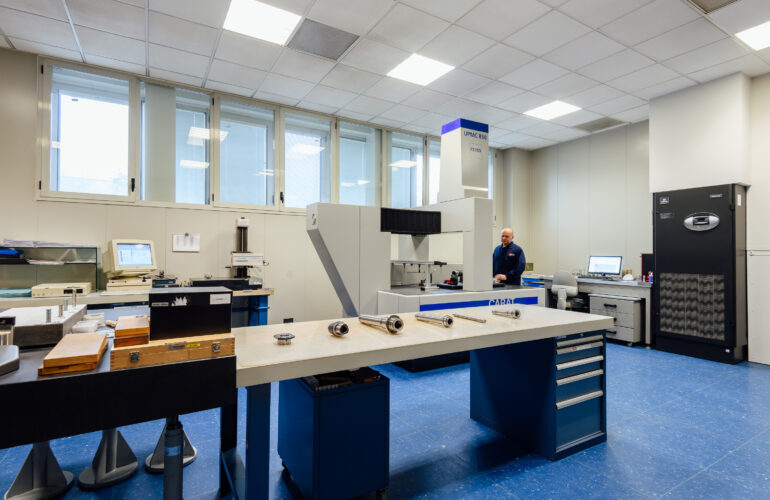The term balancing refers to an operation that identifies and corrects weight imbalances in the wheels of motor vehicles.
Imbalance is a phenomenon present in every body that performs a rotary movement; systems tool + tool on the machining centers are an example.
Imbalance generates a centrifugal force that increases linearly with the imbalance and quadratically with the number of revolutions: the faster a rotor turns, the higher the imbalance will be.
Using specific balancing techniques, the distribution of the masses of a rotor is rearranged to balance them.
Balancing can take place on a static or dynamic plane. On a static plane, the static part of the imbalance is compensated by bringing the rotor’s center of gravity back on the axis of rotation while with the balancing on a dynamic plane there is a complete compensation of the imbalance.
Our solutions
For what particularly concerns the production of all types of tool holders and shanks attached to milling machines, cutting centres and high speed cutting centres (HSC) not only for the steel and light alloy industries but also for the processing of other materials such as wood, marble and glass, each single part manufactured is compliant to the DIN 2080, DIN 69871, MAS 403 BT, DIN 69893-5 /HSK standard provisions. The tool holders we produce furthermore feature specific anticorrosion heat treatments and assorted balancing techniques relating to high speed.
Contact us for more information.




